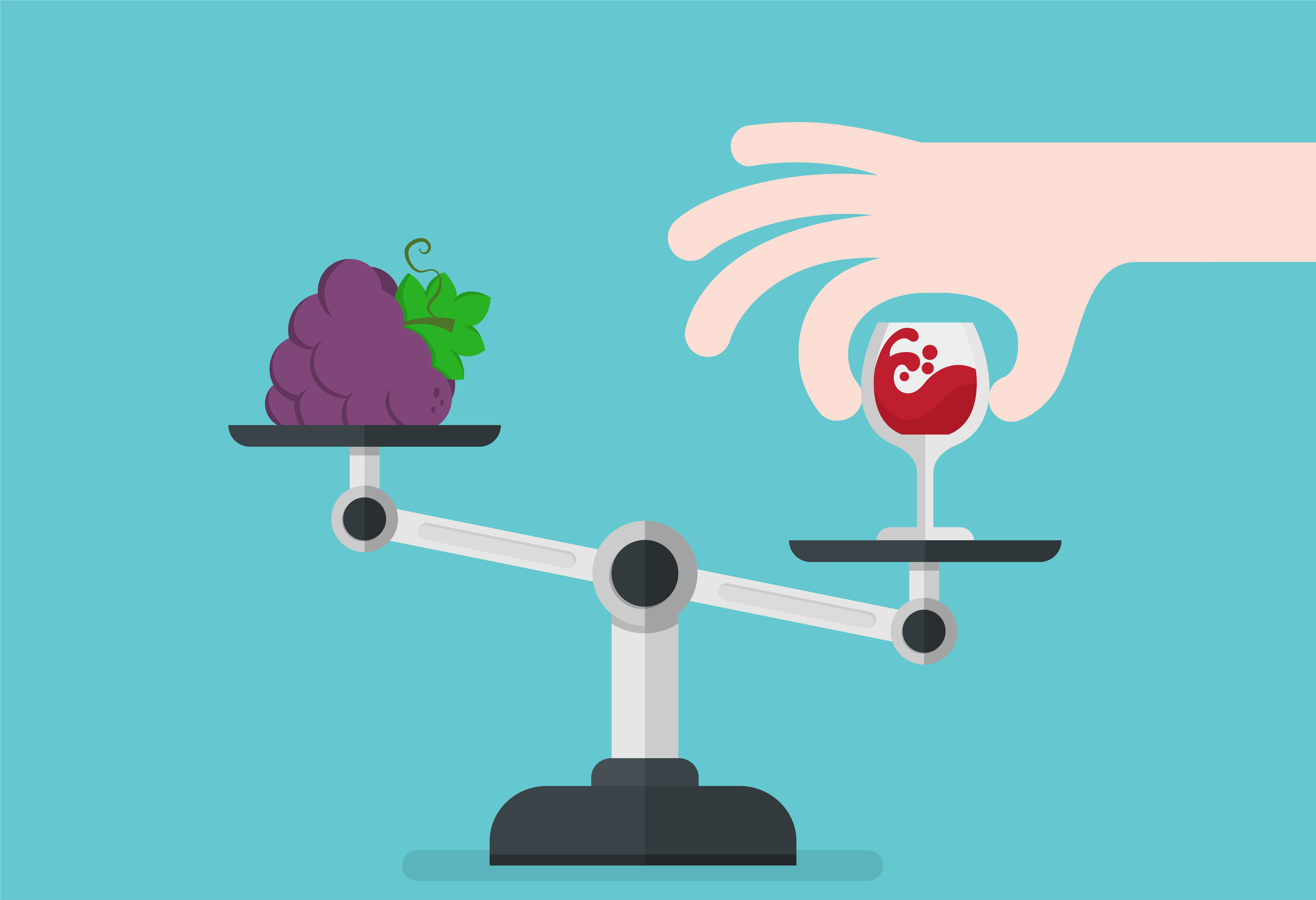
Low and no moves to the mainstream as moderate drinkers drive boom
New research has shown how the booming low and no category has established a new middle ground, where moderate drinkers are increasingly the ones pushing the category to new levels of growth.
The new report, ‘Low & No 2022: The Customer Perspective’ by Kam, compared drinking habits in the low and category in 2022 versus 2019. It found that attitudes have changed significantly in that time.
Nearly one in three pub visits (29%) and 37% of restaurant visits are now alcohol-free, while UK sales have almost doubled in the past five years, with £380m in sales across no and low beers, wines and spirits in 2021 versus £200m in 2016 (value sales figures from the IWSR).
Most interestingly perhaps, is the shift in who is migrating to this category and when. According to the report, the average UK drinker is now frequently moderating between alcoholic and non-alcoholic drinks. Of those who have consumed alcohol free variants in last 12 months, 53% identify themselves as teetotal, while the number rises to 76% for consumers drinking on average 1-10 units per week, 80% for 11-20 units and 72% for over 21 units.
“There’s a common misconception that teetotallers are driving growth,” Kam MD and founder Katy Moses, said. “Actually, it’s not… if you look at the alcohol-free drinks that teetotallers are most likely to order, they’re sticking to the traditional soft drinks, fruit juice, bottled water and hot drinks. They’re not actually interacting with this particular category as much as you might expect. Actually, it's the moderate drinkers who are more likely to consume alcohol-free variants. We have to be very, very careful that we don't get stuck to the idea that alcohol-free is only for people that don’t drink alcohol.
“If you look at the figures, this is now really a mainstream category.”
Crucially, this new ‘middle ground’ of yo-yoing drinkers is also the most likely type of consumer to visit a pub at least once per month (78%). This highlights a major shift in consumer behaviour, where drinkers are increasingly moderating their alcohol intake while attending social occasions, according to Kam.
Aside from having to drive, the most popular reasons for moderating drinking included wanting to stay fresh for the next day (31%), not to be left out if others aren’t drinking within a social group (30%), or being able to attend another activity such as organised sports (25%) afterwards.
The report also shed light on general moderation trends. It showed that alcohol consumption actually increased during the pandemic – with the number of ‘claimed’ alcohol units consumed on average per week on the rise throughout 2020 and 2021 – though that increase is now finally slowing. At the same time, low and no buy-in has been on the rise, with the number of consumers looking to reduce alcohol consumption steadily increasing. The percentage of consumers who say they are looking to reduce their alcohol consumption over the next 12 months has risen from 40% in 2020 to 55% in 2022, and 65% for Gen Z.
Keywords:
- new
- category
- low
- drinkers
- ‘low
- report
- increasingly
- booming
- moderate
- ones
- moderate drinkers
- report ‘low
- new levels
- ones pushing
- middle ground
- drinkers drive booming
- booming figures new
- figures new research
- new report ‘low
- new middle ground





